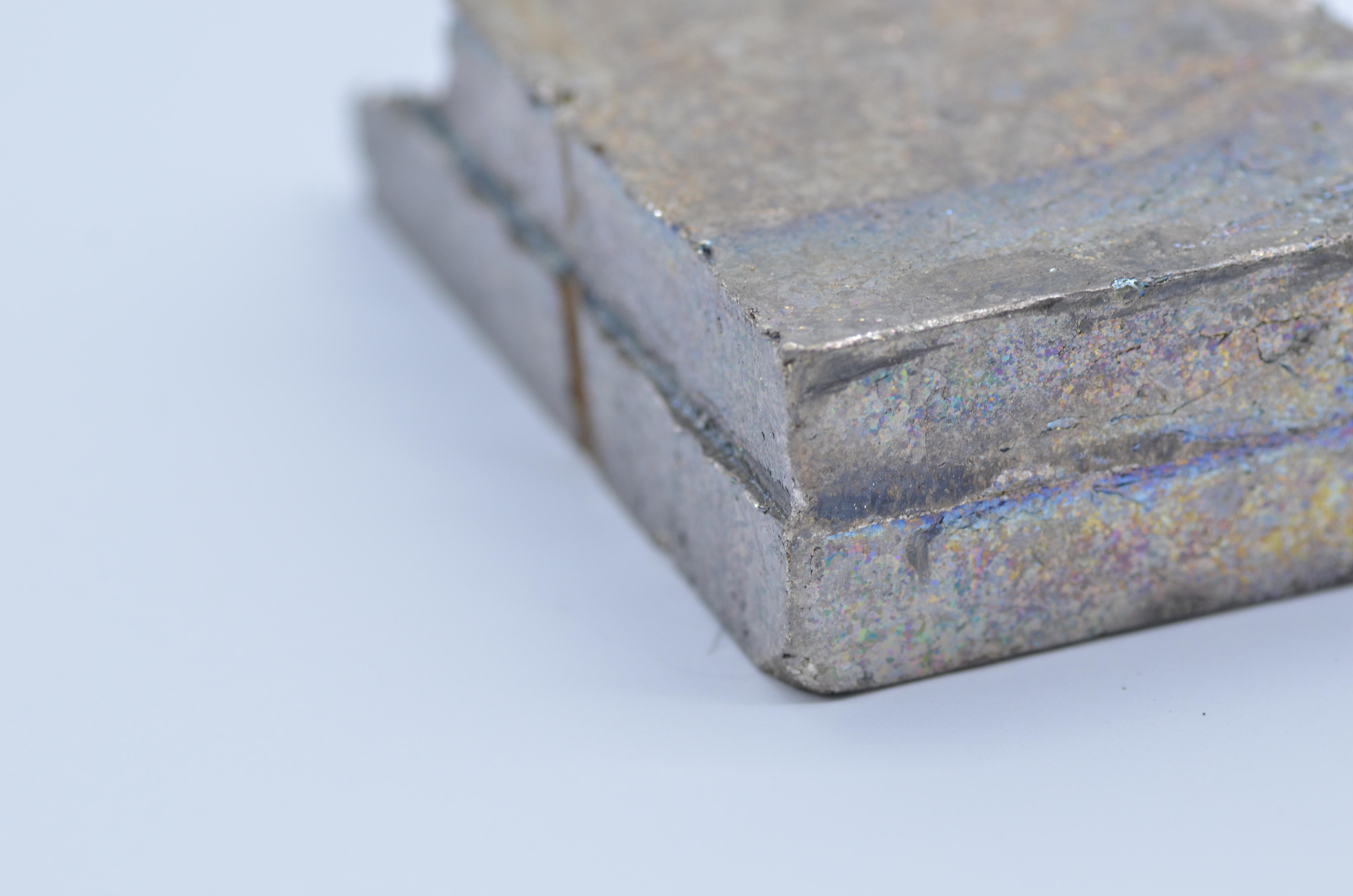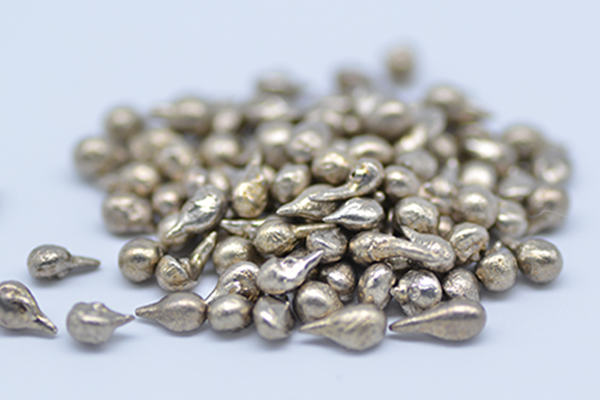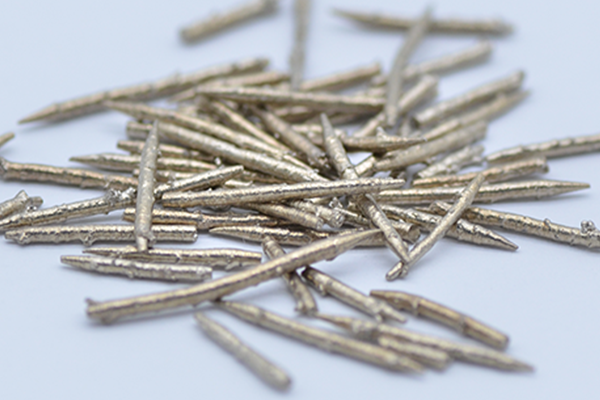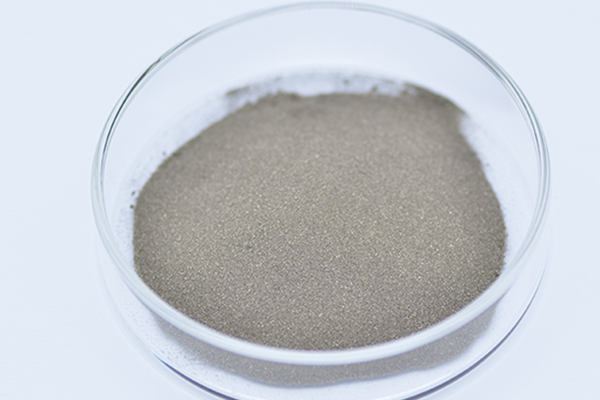 Hot words
Hot words
 +86 731-8972336
+86 731-8972336
 santech @santechchem.com
santech @santechchem.com
Industrial and military uses of Bismuth
Apr-07-2020
Bismuth compounds are used as catalysts in the manufacturing process of synthetic fiber and rubber.

When bismuth is combined with other metals such as lead, tin, iron and cadmium, it forms alloys with low melting points that can be used in fire detectors and extinguishers.
Alloys of bismuth are also used in making sharp castings of objects subject to damage by high temperatures because the liquid metal expands 3.32 percent when it becomes solid.
Bismanol, an alloy of bismuth and manganese, is a permanent magnet of high coercive force (a measure of magnetization) developed in the 1950s by the U.S. Naval Ordinance Laboratory in White Oak, Md. It was used in small motors.
The bismuth metal is used as replacement for lead in shot and bullets.
Bismuth can also be used in nuclear reactors and to make transuranium elements using a process called cold fusion.





